
Task 1: Research
What is single camera production?
Single camera production is a way of filming television programs or movies. It shows the audience the scene through one camera. The camera would reset positions to capture different angles and shots.

Benefits and Limitations
Unit 20: Single Camera Techniques
The advantages of single camera production is mainly that scenes don't have to be shot in sequence therefore more detail or dramatic effect can be added in editing, and cheaper and easier to move and set up than multi camera which is more expensive and usually only allows for one take.
The disadvantage with single-camera production is that you only get one angle at a time. you'll be spending a lot more time in the editing room. It has to repeat the scenes more as there are no multi cameras to capture the better angle of the scene
What is multi camera production?
It is a video production method where several cameras record or broadcast a scene at the same time.

Benefits and Limitations
Using more cameras will cover more areas
It takes longer to set up due to the larger equipment that needs to be used
You can catch a really good shot at different angles with multiple cameras.
It would be more expensive as there is more than a single camera
Task 2: Research
Documentaries
Most documentaries use multi-camera production for filming because to capture different angles, to show different shots like close up and to show different points of view.
Some low budget documentaries would use single camera. This is because the documentary may displayed about one person's life and what their day to day activities are.
TV Dramas
TV dramas use single camera setup, from the late 90s only soap operas in the UK used multiple camera setup whereas other tv dramas use single camera setup.
YouTube Vlogs
YouTubers use single camera to film their vlogs. This is because they want to show their personal experiences on their day to day lives.
Soap (UK) and Sitcom (US)
Soap operas use multi- camera in the UK as well as some sitcoms in the US.
Music Video
Music videos would use multi camera because it would be easier for the editor to match specific movement that a single camera can't capture. But for most music videos they would use single camera
Advertisement
Ads and commercials would use just single camera
Task 3: Camera Techniques
Movements
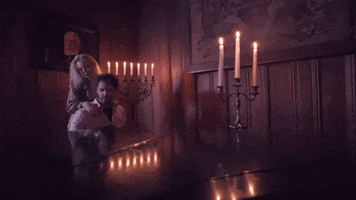
Tracking:
Camera moving in or out, left or right, following a subjects movements (dollying)
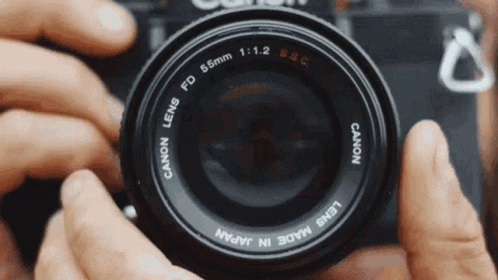
Zooming:
Camera lens not moving in our out of a subject.The lens moves but the camera remains stationary.
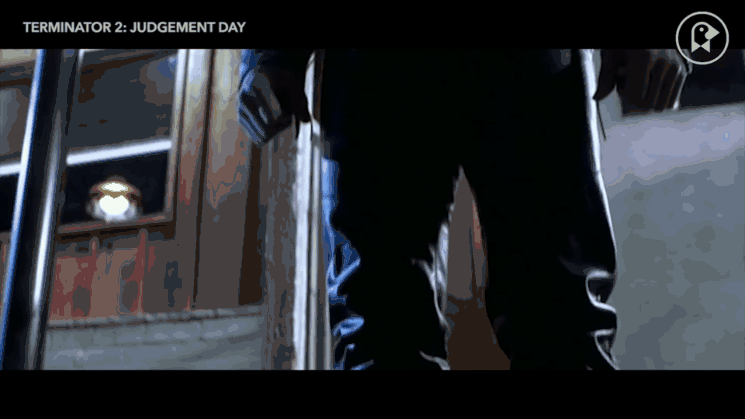
Tilting:
Camera moves up or down only. The camera remains in a stationary position.
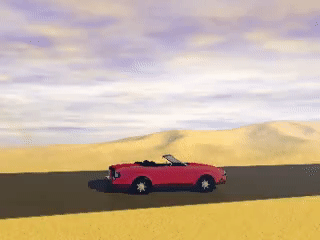
Panning:
Camera moves left or right only
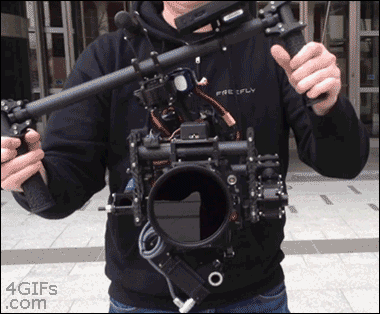
Steadicam:
Camera follows a subjects movements while physically attached to a camera operator
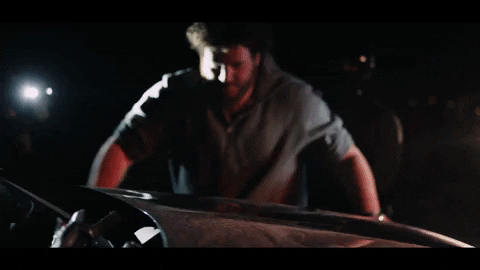
Hand-Held:
Camera is not mounted and therefore has a jerky action, creating a sense of realism
Framing
Extreme Long Shot:
The cameras focus is on the location, there is no subject or the subject is far away

Long Shot:
The cameras focus is on the subjects whole body, with the subject framed head to toe

Medium Long Shot:
The cameras focus is on the subjects body, with the subject framed from the knees up
Medium Close Up:
The cameras focus is on the subjects upper torso, with the subject framed head to chest

Mid Shot:
The cameras focus is on the subjects whole torso, with the subject framed head to waist
Extreme Close Up:
The cameras focus is on the subjects facial elements, with specific features framed
Close Up:
The cameras focus is on the subjects profile, with the subject framed head to shoulders
Big Close Up:
The cameras focus is on the subjects facial expressions, with the subject framed eyes to mouth
Angles/Shots
Birds Eye View: A shot taken from directly above, looking down on to the action or a point of interest
High/Low Angle: A shot taken from diagonally above/below the action or point of interest, looking down/up
Canted Angle: An unbalanced shot, where the physical camera itself is placed at an unorthodox angle
Wide Angle: A shot taken from distance in order to frame more than two subjects at the same time
Worms Eye View: A shot taken from directly below, looking up to the action or a point of interest
Over the Shoulder: A shot taken from behind a subjects shoulder, engaging in conversation with another
Point of View: A shot taken from a subjects line of sight, allowing the audience to see what the subject sees
Establishing Shot: A shot taken from an extreme distance, always occurring at the start of a scene
Two Shot: A shot taken at eye-level, that frames two subjects in the same place at the same time
Task 5: Settings
Focus:
Focus is changing the distance between the subject of the image, the lens and the sensor. This can be done by adjusting the camera setting or moving closer or further away from the subject.



Medium Long Shot
Medium Close Up.

Extreme Long Shot

Mid Shot
Aperture:
Aperture is an opening through which light passes.
Lower f/stops give more exposure because they represent the larger apertures, while the higher f/stops give less exposure because they represent smaller apertures. The higher the number of lens, much more clearer the second object will be in the background.

Examples

f/1.4

f/4

f/11

f/2

f/5.6

f/16

f/2.8

f/8

f/22
Focal Length:
Focal length, usually represented in millimeters (mm), is the basic description of a photographic lens. The longer the focal length, the narrower the angle of view and the higher the magnification. The shorter the focal length, the wider the angle of view and the lower the magnification. The 'rule' of thumb is to choose a shutter speed with a denominator that is larger than the lens focal length.
Examples

18

28

35

50

80

135

200

300
Shutter Speed:
In photography, shutter speed or exposure time is the length of time that the film or digital sensor inside the camera is exposed to light when taking a photograph. The amount of light that reaches the film or image sensor is proportional to the exposure time. 1⁄500 of a second will let half as much light in as 1⁄250.

1/2

1/8

1/4

1/15

1/30

1/60



1/250
1/500
1/1000
LAA: Core Assessment - re-done
(The words written in yellow are the ones I've added or changed)
Music Video | Re-done
This is a music video called This is America by Childish Gambino
This video uses a good range of single camera techniques. It starts off with an establishing shot, showing us the location with a steadicam camera, moving forward slowly to the subject playing with the guitar. From 0:21 the camera moves left from the subject with the guitar and we see a subject standing out of focus. At this moment the camera has a small aperture and a shallow depth of field as the (main) subject is out of focus. The aperture level would roughly around f/8 - f/16 stops. The use of the small aperture and the shallow depth of field creates a spooky and tense first impression of the subject to the audience, it connotes evilness, darkness and danger. The audiences first impression of the subject would likely be an antagonist or villain as the subject is standing in one place frozen in complete isolation whist happy music is being played.
At 0:37, Childish Gambino is being shown in a Mid Shot, this is to show his facial expressions and body language in more closer detail to the audience. From 0:36, the focal length of the background goes up quickly roughly around 100-150mm and the aperture goes up to around f/2-5 stops as Gambino walks towards the camera. This shows to the audience that the attention is all focused on him. The use of mid shot here shows the audience his emotions and gestures clearer especially from 0:40 - 0:48 when he is dancing and making weird facial expressions which could imply that he is being taken over or hypnotised through the use of his body movement and repeated gestures which consists of jerking, walking in a strange pattern and the emphasis of his words after he speaks. As a whole this music video is great for single camera.
From 0:57 to 1:34, Childish Gambino is seen walking forward with the steadicam camera following him in front. From this section of this video, as the camera moves and Gambino is walking forward, the background behind him goes out of focus. At this point the camera has a large aperture of around f/2.8-4 stops and a shallow depth of field with a focal length of around 150-200mm. This is useful in this instance as it allows the audience to only focus on the main subject and to not be distracted by what is going on in the background. Therefore, this will make the audience more engaged and immersed with the action the main subject is doing whilst the chaos that is going on in the background.
The same can be seen here at 2:04, We can see behind Childish Gambino with a Mid Shot, then it slowly pans up to a Medium Close Up. This was done to show to the audience Gambino's NVC in a bit more detail in which from 2:09 we can see he has a serious facial expression which can suggest to the audience that he's in a toxic environment. We can tell that Gambino is in a toxic environment because starting at 2:04 we can see the background is out of focus that the people are running away from the chaos going on outside and Gambino is just watching. At this moment, the camera has a deep depth of field to show us as the audience the state that the environment is in.
In 3:41 till 3.48 the end it shows Gambino running away from police with minimal lighting. At this point, the camera has a low ISO of roughly around ISO 100 because there isn't any noise in the camera. In 3:48 till the end of the video the ISO goes up to 3200. This is because in this part of the video there isn't that much light on his fa
TV Drama| Re-done
This is a scene from a Netflix series called: Hit & Run
I chose this scene from Hit & Run as it has great shots in this video. From 0:03, It starts off with a steadicam camera following Danielle's movements as she walks forward to the street. The background has a medium aperture, a low focal length and a middle depth of field. The aperture would be around f/11 - f/13 stops and the focal length would be around 35mm. The use of the medium aperture creates a suspenseful first impression of the busy street to the audience. It shows to the audience how unaware the subject is of the situation behind her due to her being distracted; this then creates a nerve-racking atmosphere, leaving the audience at the edge of their seats as she is not looking left or right when crossing the road. It's almost like it's a POV of what the subject sees as the use of camera techniques resemble the subjects vision. As the background is in focus when she looks forward and it's blurry when she looks backwards. This will make the audience think that looking backwards makes you distracted from what's right in front of you. This can connote unawareness and distraction
From 0:26, It shows a car speeding away after hitting the subject (hit and run) showing the background switching from the car to the subject. From here, the background had a large aperture of around f/2 - 5 stops, a high focal length of around 150 - 200mm and a shallow depth of field. This camera setting is used to show the audience that the car is unremarkable, anonymous and unidentified. It can imply how dangerous the situation is as the car speeds away and the camera switches focus quickly to focus the audiences attention back at the subject. This can suggest that the situation happened all so fast as our focus is quickly transitioned to the subject. This will leave the audience in high levels of paranoia and tension as the person driving that car remains a mystery.
At 0:42 we see the subjects POV at a low angle after she gets hit by a car. It shows the sunlight slowly getting brighter and brighter, overpowering the leaves that are in front of it. The light is white which brings religious connotations to peace, death and calmness. This colour can be linked with religious imagery as you see a bright light as your about to die and if your spirit is leaving your body and passing through to the afterlife. At this moment here the background has a deep depth of field, a low focal length of about 18mm and a small aperture of around f/16-22 stops. This camera technique is effective as it will make the audience feel sympathetic for the subject as she sees the light which could mean her death was around the corner and was inevitable. This will then create a dark and upsetting mood and atmosphere to the audience as they can see her vision gradually being overpowered by the bright light as she slowly perishes.
Soap/Sitcom| Re-done
This is a scene from a soap opera Hollyoaks
I chose this scene because it uses great single camera shots for different types of shots. At 0:03, the girl with the wedding dress (bride) can be seen falling down at a slightly canted angle. It uses a tracking camera for this scene. This angle is used here to show to the audience how high up the church is from the ground, this is effective as it will leave the audience feeling anxious of the dangerous height of the building that she's falling off from. The shot is also in slow motion which can show the audience in closer detail the action and creates an impact to the atmosphere which gives them more time to process what is going on. Slow motion in this clip can suggest that the events happened so fast which can put the audience in an uneasy mood. The camera has a deep depth of field, a low focal length of about 18mm and a small aperture of about f/22 stops.
At 0:06, it shows the bride falling to her death at a birds eye view. This angle is used her to show the audience how far the distance she is from the ground, creating a traumatising and nerving experience for the audience. This will also create a depressing mood as it is supposed to be a happy day for the bride especially as it's her big day. but that all turns into a tragedy very drastically in a matter of seconds. The background is slightly blurry and the subject (the bride) is in complete focus. The background has
a deep depth of field, a focal length of about 35mm and a narrow aperture of about f/11 stops. The use of the camera setting shows the audience her final moments as she falls and the people in the background watching helplessly as she falls to the ground they can't catch her in time. This places the audience in a nerve-racking experience because its upsetting that she can't be saved and has to spend the last few seconds of her life in high levels of fear and regret. The camera also goes down as she falls. This setting is used to make the audience see what she is seeing as it feels like they are falling with her, creating a more eerie and sinister mood.
LAB: Core Assessment
PRE-SHOOT
SHOOTING SCRIPT
STORYBOARD
SHOOTING SCHEDULE
VIDEO LOG SHEET
LOCATION RECCE
EQUIPMENT BOOKING
RISK ASSESSMENT
TREATMENT
LAC: Core Assessment
Narrative

My version of the music video

Evaluation
Audience Research
We've screened our music video to different media classes in the school and we've given them all questionnaire sheets to use as they watch our video to see if we've met all our criteria efficiently.









